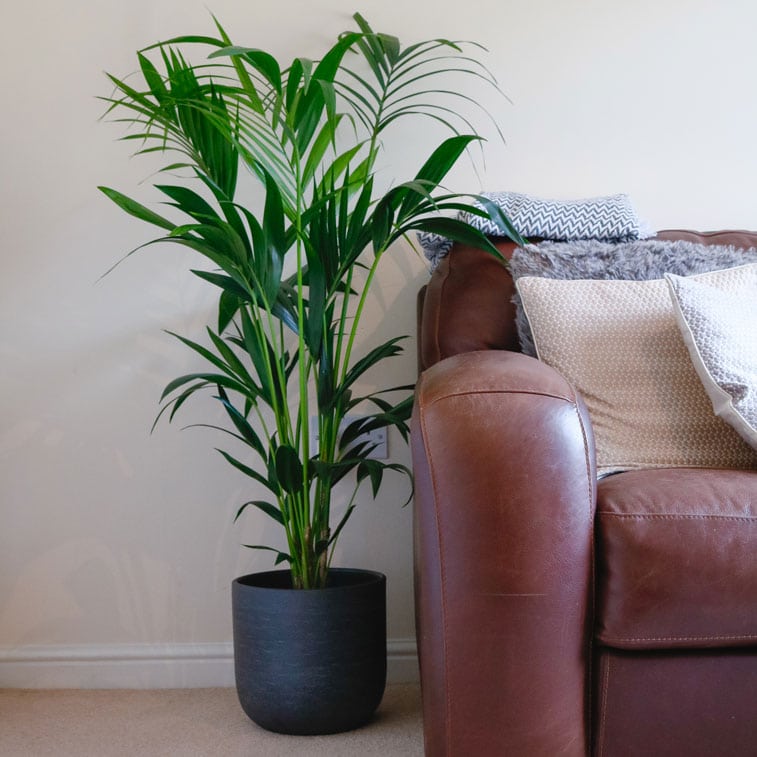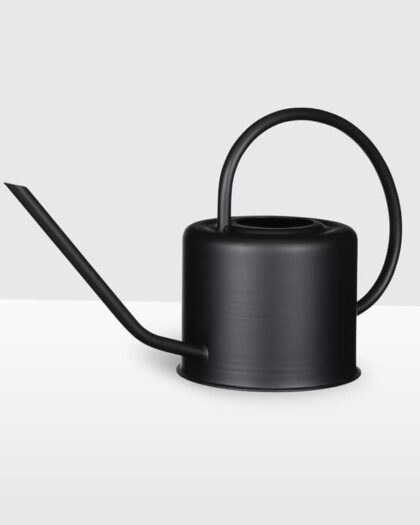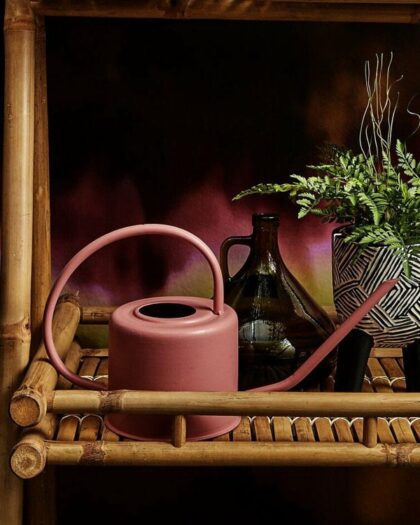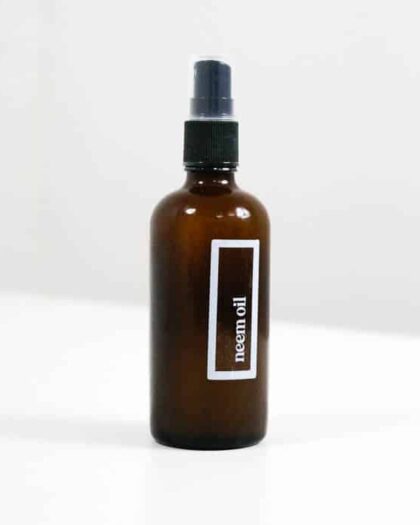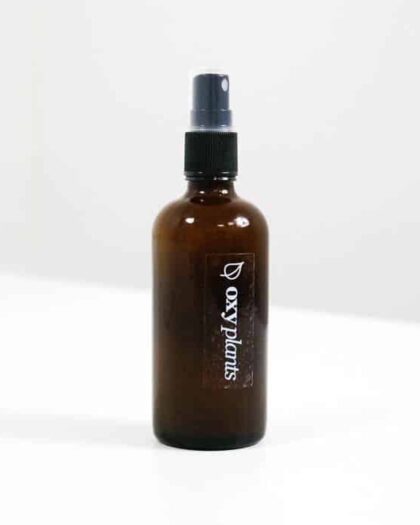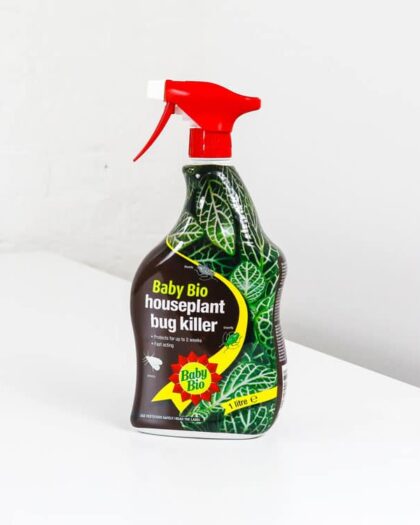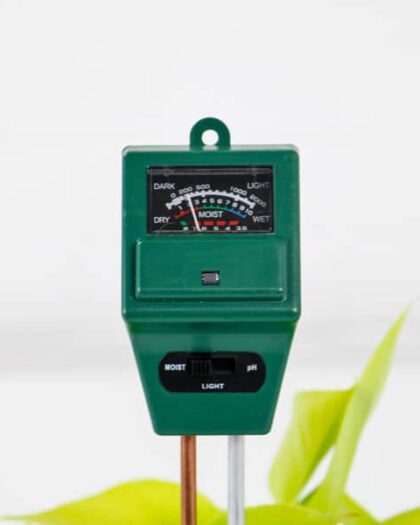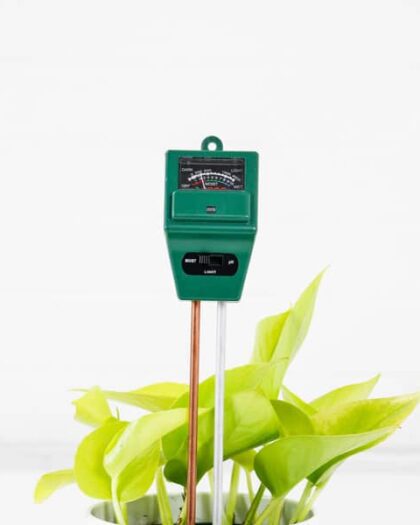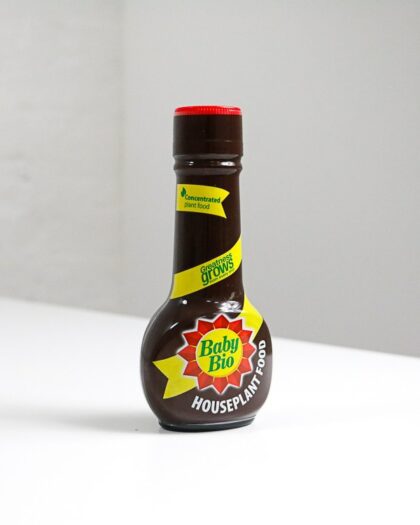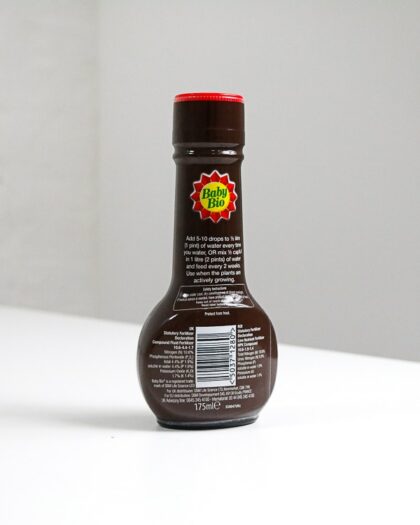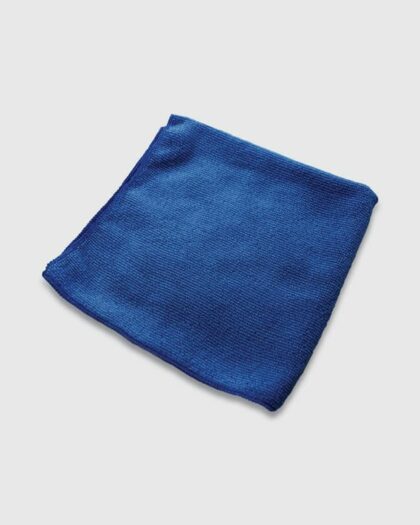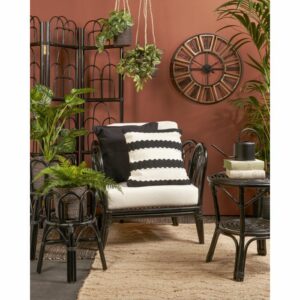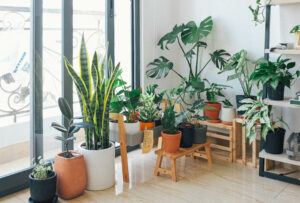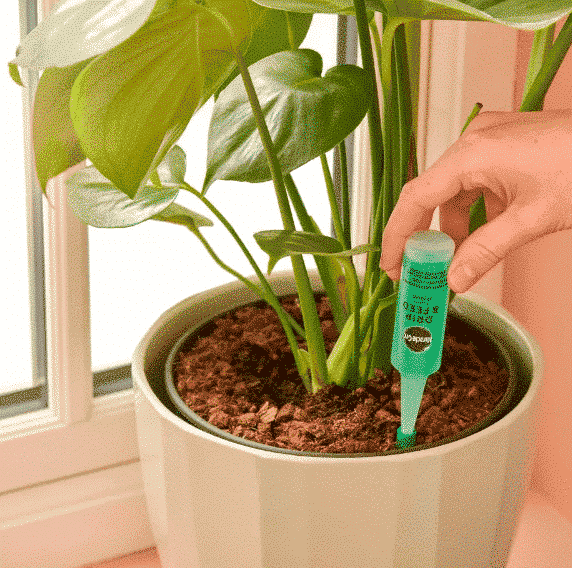What's in this indoor plant care guide
About The Kentia Palm
Native to Lord Howe Island off the East coast of Australia, the Kentia Palm is a hardy houseplant that can survive in a number of environments.
One of the reasons why this plant is so popular with plant-care enthusiasts is because they can survive in places your other houseplants can’t. That’s why it’s part of our (almost) “Unkillable Plants” range.
The Kentia Palm is also suitable to be kept outside in the summer months. However, be wary of a UK winter as this will almost certainly pose a threat to your plant!
Botanical Name
Nicknames
Air Purification Qualities
Child & Pet Safe?
Sun Exposure
Soil Type
Sandy with perlite
Hardiness Zones
How to care for The Kentia Palm
Light & Location
This indoor palm will thrive in almost any environment you throw at it. Kentia Palms love a bright room with indirect sunlight. It’s naturally acclimatised to the sandy floors of tropical islands.
Whilst a South facing window would be ideal, any room with an East or West facing window would also be suitable. It isn’t too fussy!
Avoid putting this plant in direct sunlight as this may scorch its leaves.
Watering
The Kentia Palm is a fairly drought-tolerant houseplant. When the top two inches of soil become dry, it’s time to water! Be sure to use the finger test or our trusty soil & light tester.
Water your palm once every two weeks, as a general rule. However, adapt your watering routine accordingly, depending on weather changes. During heatwaves, be prepared to water as much as once a week. In Winter, reduce your watering schedule to every three weeks, or monthly. You be the best judge of your soil moisture levels!
Temperature & Humidity
The Kentia Palm loves a warm environment, just like the beaches of Australia! Ideally, you will want to keep this houseplant in a room between 5 and 38 degrees celsius. However, it’s a hardy plant and we’re sure it’ll thrive in most rooms.
To keep your Kentia healthy, give it a mist every two weeks. Why not use one of our plant misters? You could also place your houseplant in the shower, which will help to remove any dust off your leaves and maximise photosynthesis.
Any heaters or radiators may harm your houseplant, so be sure to keep it well away. This will help to minimise any fluctuations in temperature that are likely to hurt your tree in the long run.
Soil
The Kentia Palm really isn’t the fussiest of houseplants. You really don’t need to go out of your way to make a specific potting mixture.
Anything that will help your soil drain and give it structure (perlite, vermiculite, or sand) is always beneficial.
You can check out some of the soil substrates we have availble to help increase these factors in your potting mix.
As the Kentia Palm lives near the sea, it is used to sitting in slightly acidic soils (pH 6.5-7).
Fertiliser
During the growing season, you will want to fertilise your Kentia Palm once a month. Try to get a fertiliser with an NPK ration of 3:1:2, or (at the very least) something well-balanced. MiracleGrow Pump & Feed would be perfect for this indoor houseplant!
If you’re using your own fertiliser, be sure to dilute it with plenty of water. You NEVER want to scorch your houseplant’s roots. Why not have a look at our range of houseplant fertilisers?
Pruning
Believe it or not, Kentia Palms don’t require much pruning. Unless you have a dead or dying leaf, try to keep pruning down to a minimum.
Using sterilised pruning shears, cut away any dead leaves. Once you’ve cut off a dead life, it’s always helpful to give your plant a quick mist and wipe. A clean dust cloth will do just fine!
Propagating
Theoretically, you could easily propagate your Kentia Palm. Providing you have a couple of spare jars and some rooting powder, there is no reason you couldn’t
Kentia Palms are usually propagated by cutting, so take your little shoot and place it in your test tube with water. It should take a couple of months to develop roots strong enough to be repotted. However, you can reduce this using rooting powder.
Potting and Repotting
Check your Kentia Palm’s roots every six months. If the roots can be seen touching, or even growing beyond, the bottom of your pot then it is time to repot. When it is time to repot, be sure to choose a nursery pot with plenty of room to grow. Your Kentia will seriously thank you for this!
Tools to help care for your Kentia Palm
-
Mica Decorations – Metal Watering Can
From £9.99 Select options This product has multiple variants. The options may be chosen on the product page -
Neem Oil
From £5.99 Select options This product has multiple variants. The options may be chosen on the product page -
Baby Bio Houseplant Bug Killer 1L
£10.99Original price was: £10.99.£8.99Current price is: £8.99. Add to basket -
Baby Bio Houseplant Food
£4.99Original price was: £4.99.£3.99Current price is: £3.99. Add to basket
Common Problems
There’s a reason the Kentia is believed to be a hardy houseplant. However, always keep an eye out for some of the following problems.
Although the Kentia Palm isn’t particularly prone to pests and diseases, human error is the most common cause of problems.
Common pests & plant diseases
The Kentia Palm may occasionally be prone to infections from: mealybugs, aphids, spider mites, scale, thrips, waterfall, and blackfly. If your houseplant becomes infected, be sure to isolate it from your other houseplants and teat quickly with a healthy dose of neem oil.
Root Rot
Root rot occurs when your houseplant sits in water-logged soil for too long. If this occurs, then, you’re watering too frequently.
Root rot can make itself known in a number of ways. If your Kentia’s stem is looking mushy, or it’s leaves are beginning to yellow or brown, then it is time to act.
Take your Kentia out of its soil, and repot in a dry potting mix. Have a look at the repotting section for some guidance. Hold off on the watering for a couple of days.
Yelllowing Leaves
If the leaves are beginning to brown on your Kentia Palm, then this could be indicative of a number of problems.
First, this may be an early sign of overwatering. Be sure to hold off on watering for a couple of days if this is the case.
Secondly, it could also be a sign that your Kentia is not getting enough sunlight.
To treat, place your palm in a sunnier spot and keep an eye on your palm’s soil moisture levels.
Brown Spots on Leaves
If your Kentia Palm is beginning to develop spots on its leaves, then this could be a sign of too much, or too little, sunlight.
On one hand, this could be indicative that your leaves are beginning to scorch. If your Kentia’s leaves are beginning to look a little crispy as well, then your problem is likely to be too much sun.
In this instance, be sure to move it out of any direct sunlight.
Equally, brown leaves could be a sign of not enough light. If your leaves look like they’re wilting, be sure to give it a day or two in the conservatory or windowsill. This should sort it out!
FAQ's
What is the best room for my Kentia Palm?
Your Kentia Palm is always going to be one of the least fussy houseplants you own. Providing it is placed in a warm room with a healthy dash of sunlight, it will be more than happy.
Is my African Fig Tree safe with children or pets?
The Kentia Palm is completely safe to have in the same room as children or pets. It doesn’t contain any harmful toxins, so it shouldn’t pose a threat to any inquisitive toddlers or excitable furry friends.
Can my African Fig Tree live outside?
In the UK, you’ll struggle to keep your Kentia Palm alive outside. Whilst you could always put the plant outside when it’s raining in summer to clean its leaves, a cold British wind may harm your houseplant.
Is the Kentia Palm Air Purifying?
Yes! the Kentia Palm is an Air Purifying Plant. It helps to remove harmful toxins out of the air, helping you breathe easier your home. It’s also one of the plants in the NASA ‘Clean Air Study’ (1989). This reason alone is a fantastic reason to grab yourself a Kentia Palm!
